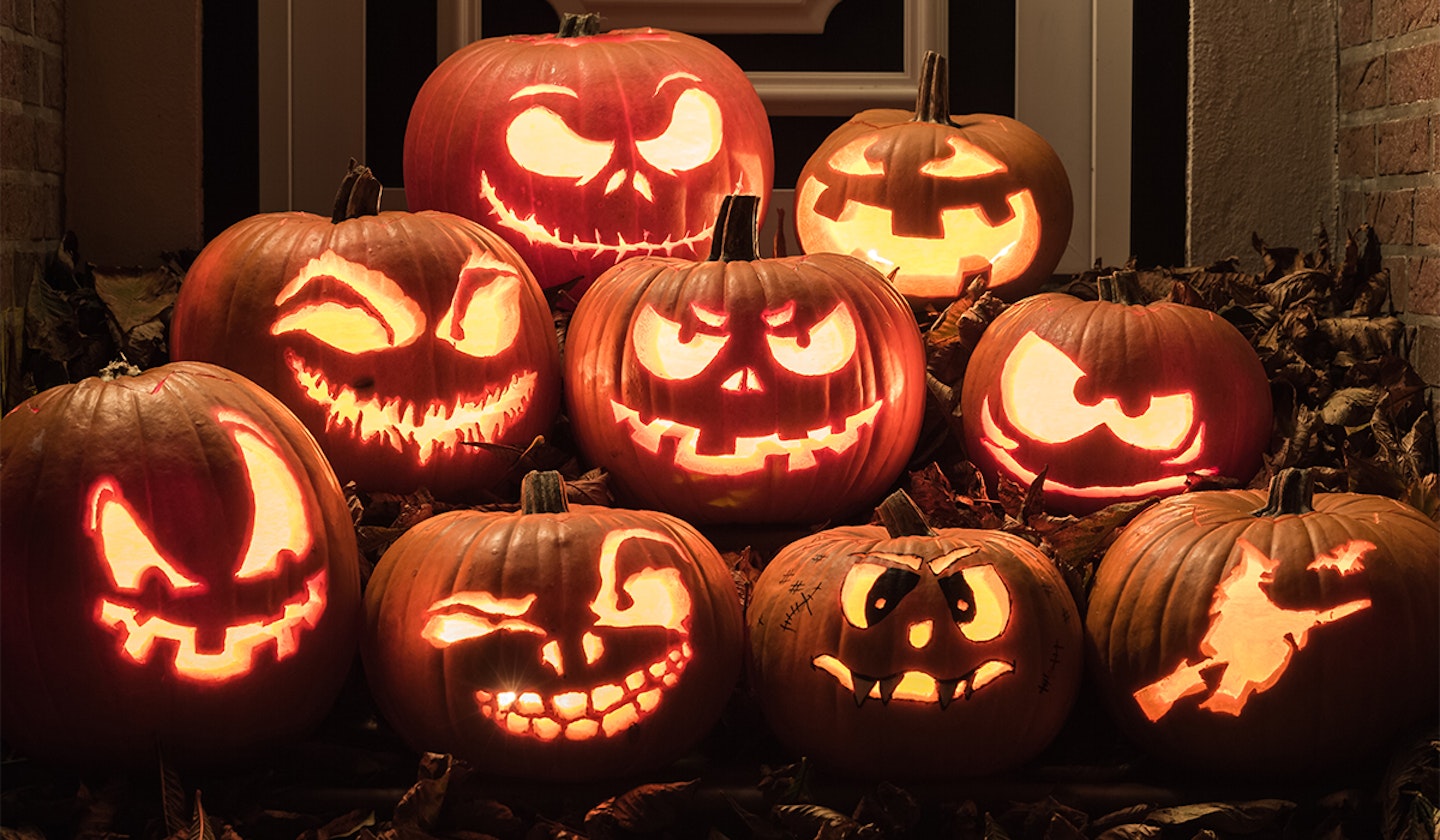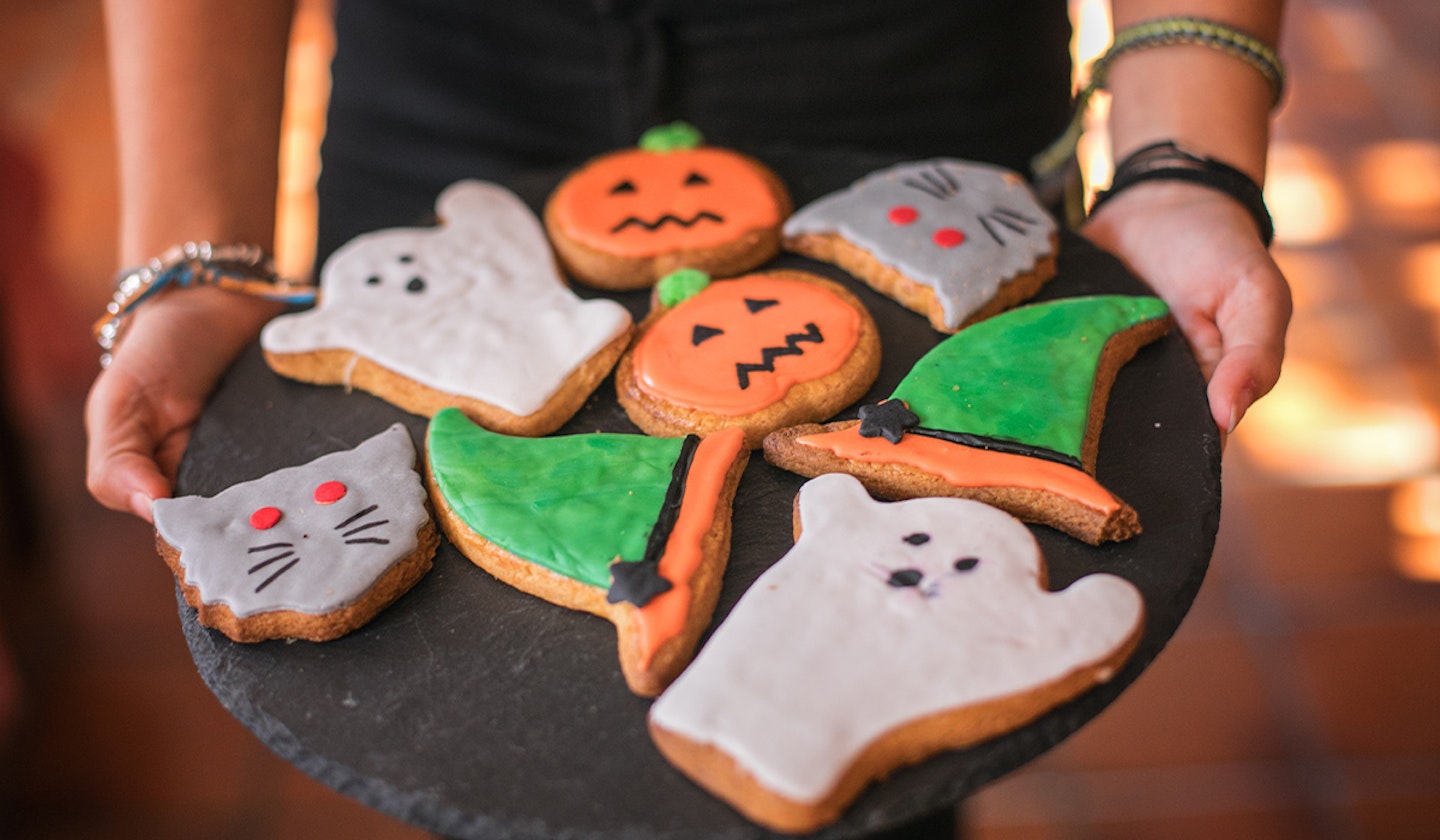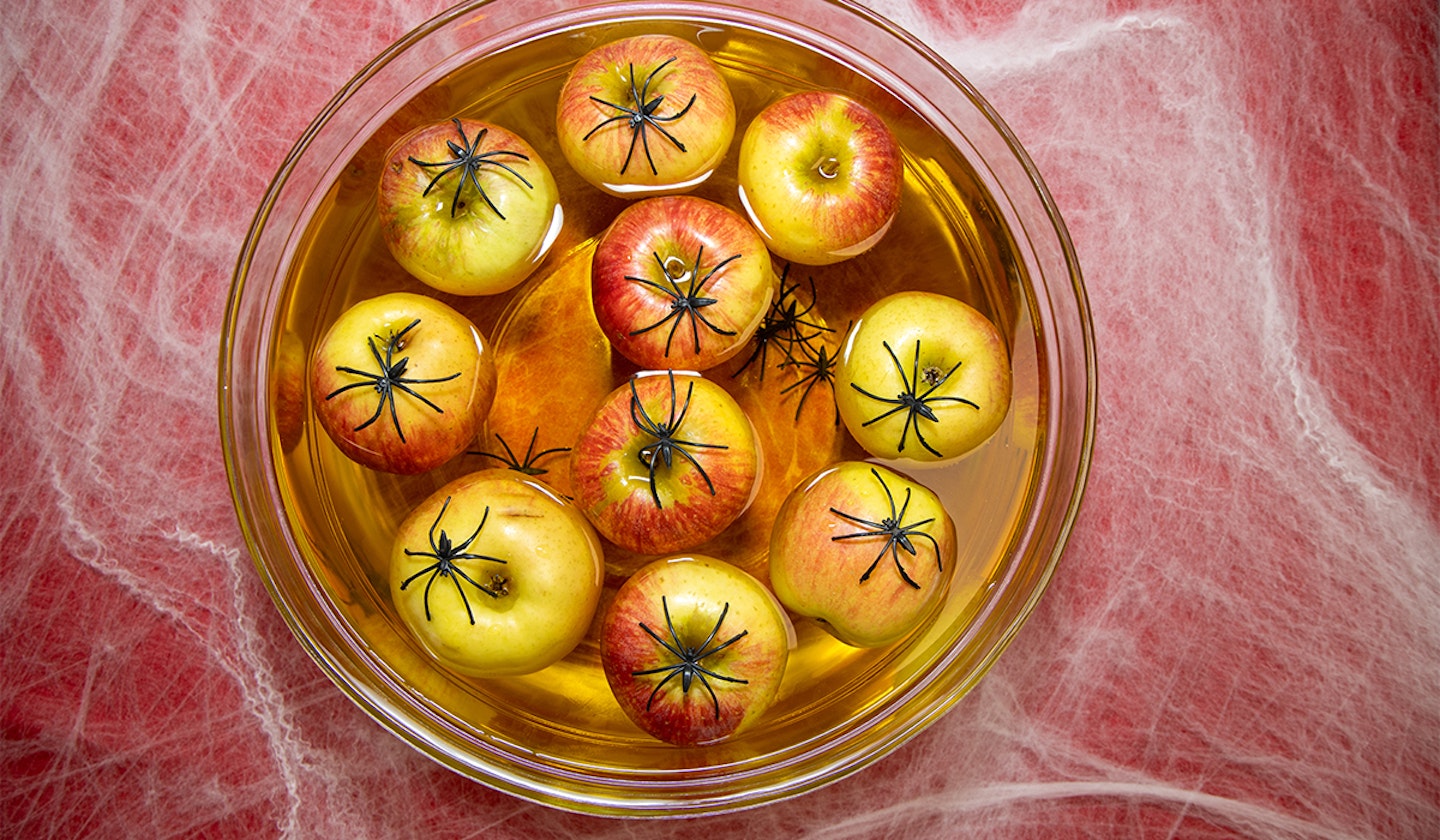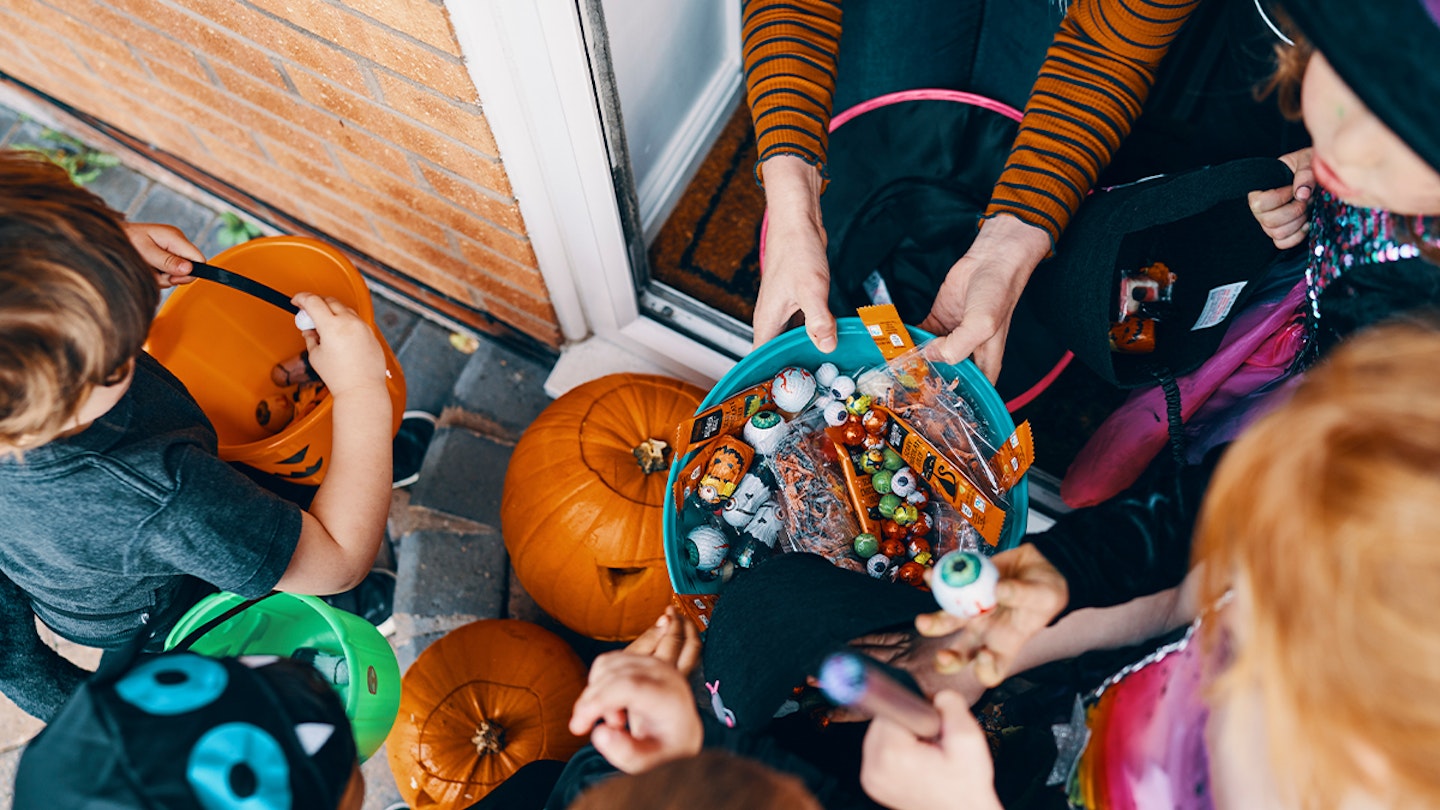Although Halloween may be one for the younger children in our lives, we still love to get involved at this spooky time of year.
And whether it’s wearing a witches hat to answer the door with some sweets or decking the house out in Halloween decorations, there are many ways you can add to the fun this season.
If you’re intrigued to learn more about this holiday that always seems quite Americanised, we’ve put together some fun trivia about Halloween, from where the holiday initially came from to the interesting facts behind the traditions.
1) Halloween is over 2,000 years old
Did you know that Halloween is even older than Christianity itself? It all began as a Celtic festival called Samhain, which means "summer's end." Held around the start of November, the festival celebrated the final day of the autumn harvest and the time when spirits crossed over from the after-life to our world, since people believed the veil between the living and spirit world was at its thinnest at that time of year. People used to ward off ghosts and spirits by lighting bonfires and wearing costumes.
2) Trick or treating comes from 'souling'
The tradition of children dressing up in costumes and going door-to-door asking for treats can be traced back to the Middle Ages and the rituals of Samhain.
On the night of Samhain, it was believed that phantoms walked the earth, so people would dress up in costumes in an effort to repel the spirits.
The act of souling was where poor children and adults would go door-to-door dressed as spirits accepting food in exchange for prayers.
3) The Irish brought us jack-o'-lanterns

According to one story, an Irish man named Stingy Jack tricked the devil and as a result was not allowed into heaven or hell. He spent his days roaming the Earth, carrying a lantern, and went by the name, "Jack of the Lantern" which is where we get the name for our Halloween pumpkins from. They look great on doorsteps and as a part of Halloween window displays indoors.
4) The day of the dead
The Day of the Dead, or Dia de los Muertos, takes place October 31, through to November 2, in Mexico and a few other Hispanic countries. The occasion honors children that died, and their family members decorate graves with baby's breath and white orchids. On November 2, families honor adults who have died and place orange marigolds on grave sites.
The original Aztec celebration actually lasted a month long, but when Spanish conquistadors came over to Mexico in the 16th century, they merged the festival with the Catholic All Saints' Day. The modern day celebration is a mix of both Aztec rituals of skulls, altars to the dead and food with Catholic masses and prayers.
5) The night before Halloween is called Mischief Night in the US
October 30 is the night to pull pranks for many. From toilet papering the trees outside someone's house, to egging cars, the tradition sometimes takes place on November 4 here in the UK.
6) Why Halloween is linked to love
There was once a time when Halloween was associated with finding a potential husband, and in the early 20th century, Halloween games for women involved cutting an apple skin off and tossing it over her shoulder, with the landed peel said to indicate the first initial of her future husband.
7) When were sweets handed out on Halloween?
Trick or treating became popular in America in the 1930s, when people used to hand out homemade bakes, toys and coins. It wasn’t until the 1950s when pre-packaged Halloween sweets entered the market and it’s now what households everywhere give out on Halloween night.

8) Trick-or-treating was inspired by "mumming"
In the middle ages, people began a tradition known as mumming, where they dressed up as ghosts and demons, going from door-to-door singing songs and performing scenes from plays in exchange for food and drink.
9) Samhainophobia is the fear of Halloween
For some, Halloween is not fun for them and they suffer from Samhainophobia, or the fear of Halloween, which comes from Samhain, the Gaelic festival that inspired Halloween.
10) Why are the colours black and orange synonymous with Halloween?
This tradition dates back to the Celts. It's believed that black represents the darkness of winter approaching, but also death. The orange represents the autumnal colours, as well as the color of the Celts' autumnal bonfires.
11) Where does Apple Bobbing come from?
Bobbing for apples is also linked to women finding potential suitors and the 18th-century dating ritual. Certain apples would be assigned to different suitors and women would try to bite on to the apple they preferred.

12) What’s the connection between black cats and Halloween?
Many believe it’s bad luck for black cats to cross your path, especially on Halloween night. This superstition stems from the Protestant beliefs that disapproved of anything associated with witchcraft. Some even believed the legend that witches could transform into black cats and vice versa.
13) Why it’s not possible to adopt a black cat around Halloween
During the period around Halloween, many animal shelters refuse to put black cats up for adoption as they're worried the animals will be used in some sort of sacrifice.
